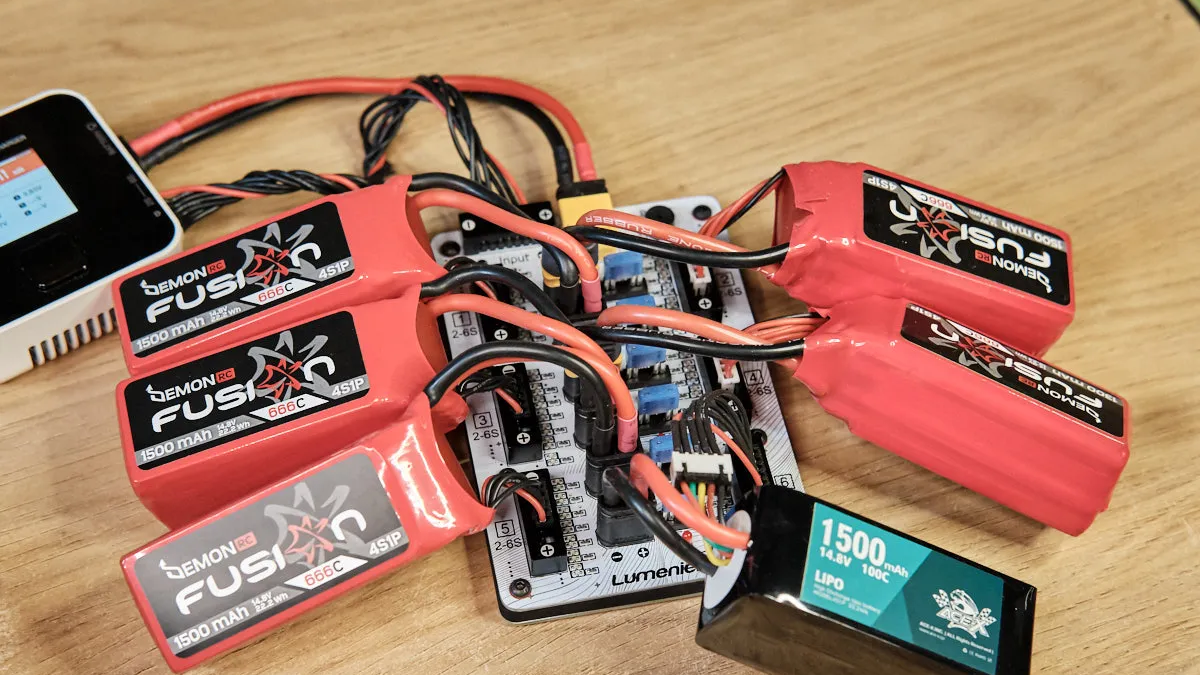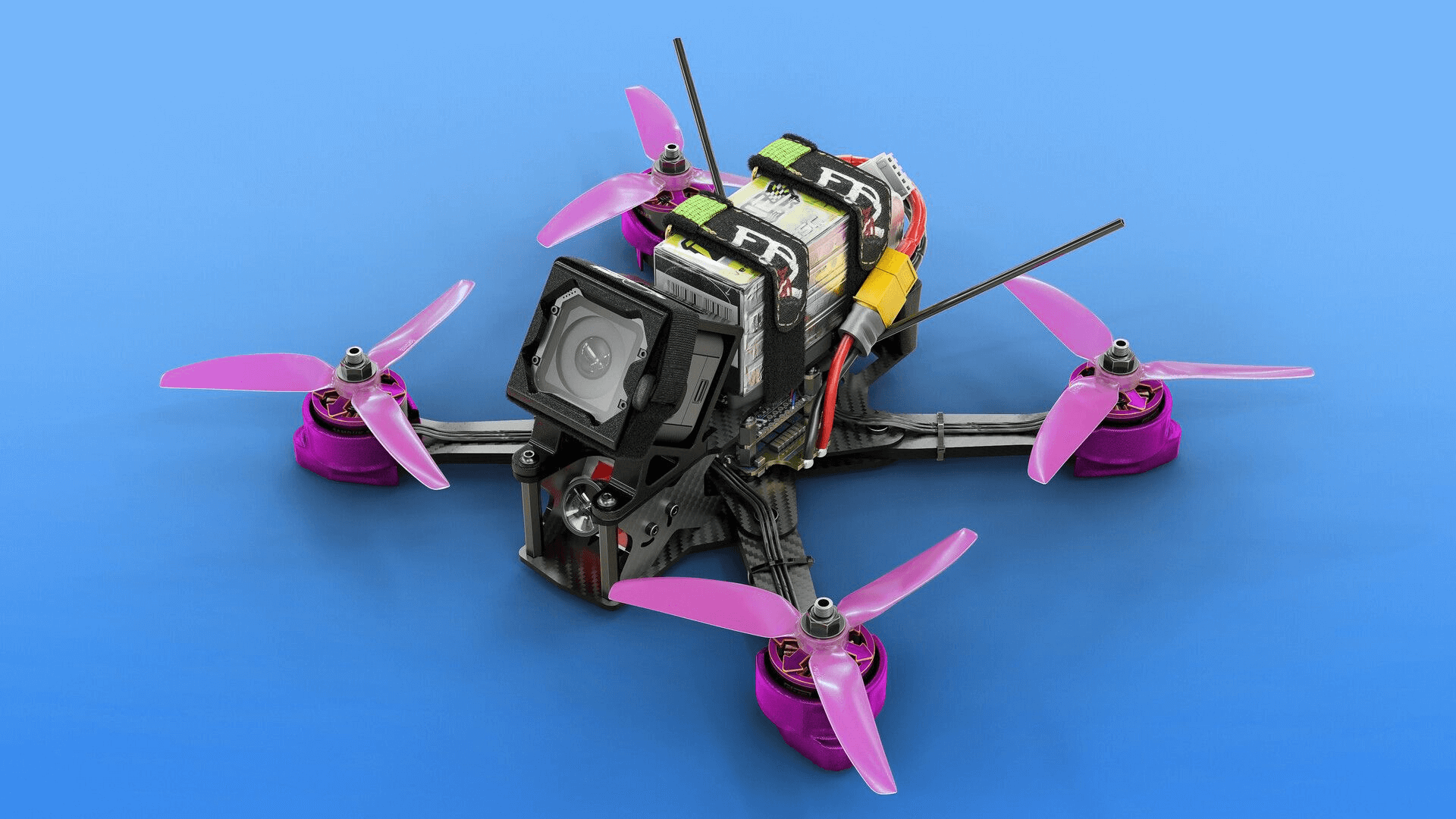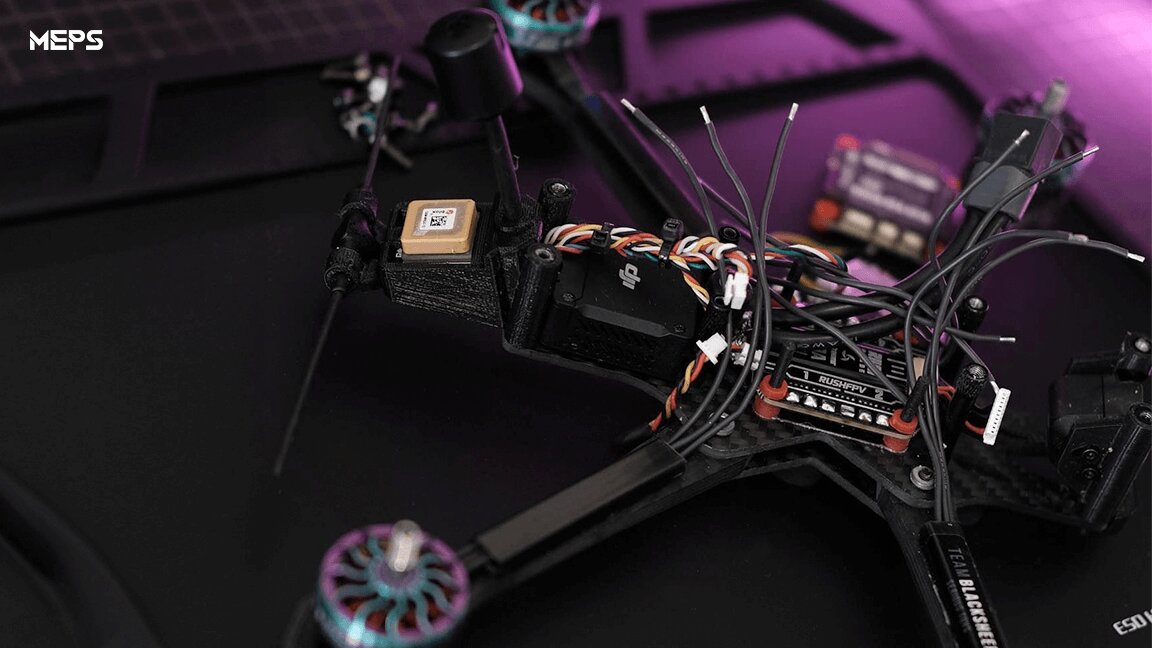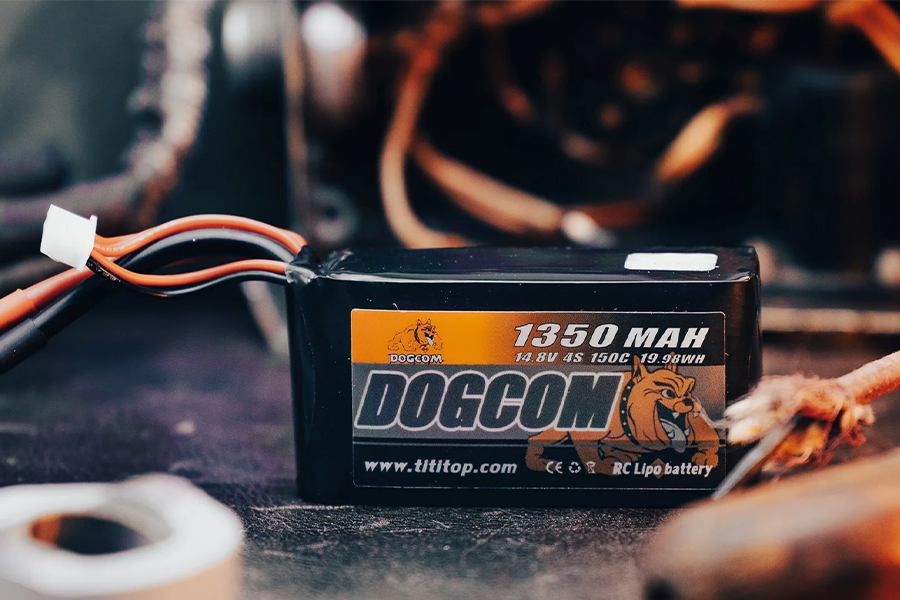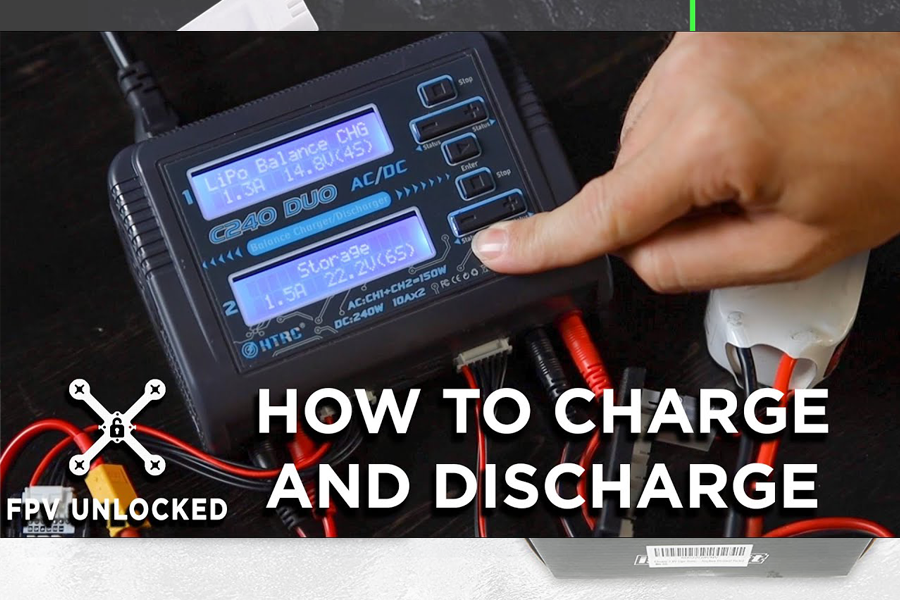-
Choosing a Charger for FPV Drones: A Comprehensive Guide
Choosing the appropriate charger is very important to ensure effective and safe flying of FPV (First Person View) drones. Suitable charger does not only enhance battery life but also make them readily available for use whenever needed. In this article we will discuss on type of FPV batteries, how to choose the right one, power considerations and at what time can you charge multiple batteries. Difference Between LiPo and Li-ion Batteries Generally, there are twotypesof FPV drone batteries: LiPo (Lithium Polymer) and Li-ion (Lithium Ion). Each of these types possesses unique characteristics that affect the choice of a charger. LiPo Batteries: These are usually foundin most FPV drones due to their high discharge rate (C-rate) which in turn makes them suitable for high-power performance applications or instances. Accordingly, they lean towards taking less space thus making them light weight so as to enable supply large amountsof current within a short duration required by such powered by gliders during acceleration time.Lithium polymer require proper management during charging while charging since they are too vulnerable against over-charging and excessive laboratories as such. Li-ion Batteries: on the other hand, although they are less frequently used, they are gradually becoming popular because of their… -
Matching the FPV Motor and Battery for Your Drone: A Comprehensive Guide
Introduction In the vibrant and ever-evolving realm of drone innovation, the careful and precise selection of FPV drone motor and batteries emerges as a cornerstone for unlocking optimal performance. Whether you find yourself captivated by the memorizing world of drones as a passionate enthusiast or as a seasoned pilot seeking to elevate your aerial pursuits, the meticulous pairing of motor and battery components stands as an indispensable endeavor. Within the expansive confines of this article, we embark on an immersive journey, delving into the intricate intricacies of this vital match-up with meticulous detail. Our aim is to equip you with the knowledge, insights, and expertise necessary to navigate this dynamic landscape with confidence, enabling you to make informed decisions that will propel your drone's capabilities to new heights of excellence. Understanding FPV Drone Power Requirements The total weight of your drone is a key factor in motor and battery selection. Every additional gram will impact performance and flight time. When determining required thrust, consider the flight characteristics you're aiming for. Higher thrust may be needed for acrobatics or increased maximum speed. FPV Motor Selection Brushless motor is often favored for their efficiency and power compared to brushed motors. However, brushed…- 210
- 0
-
What are the Parts of FPV Drone?
Hey there! When you want to learn more about FPV drone and build your own drone yourself, then you must understand the parts of FPV drone. There are three main categories of parts: the flight system, the power system, and the FPV system. The flight system includes motors, propellers, electronic speed controllers (ESCs), a flight controller, and a radio receiver. The power system consists of a battery and a power distribution board. This guide will explain in detail what makes up a FPV drone and exactly what the parts are. Without a doubt, beginners can absolutely build FPV drones even without any experience! If you want to build one and are unsure about how to choose from so many parts for FPV drone, you'll understand it all after watching this video: How to Choose FPV Drone Parts. When selecting a frame, ensure the mounting holes match those of the flight controller. Pay attention to the KV value of the motor and choose the appropriate power according to your needs. When choosing an Electronic Speed Controller (ESC), make sure its maximum current rating is higher than that of the motor. Select the appropriate flight controller (FC) and video transmission equipment (VTX)…- 2.7k
- 0
-
Comparison and Advantages of LiPo and LiFe (LiFePO4) Batteries
Aeromodelling is a fascinating hobby that involves building, customising and flying small model aircraft. Among the many crucial components that determine success and enjoyment in this hobby, batteries play a key role. Two of the most common options for batteries in model aircraft and drone are lithium-polymer (LiPo) and the new lithium iron phosphate (LiFe or LiFePO4) batteries. In this article, we will explore the characteristics of both types of batteries, highlighting their advantages and the situations in which they are most suitable for use in model aircraft. LiPo Batteries: The Traditional Choice Lithium-polymer batteries, also known as LiPo batteries, have dominated the world of aeromodelling for many years. These batteries are prized for their high energy density and exceptional power-to-weight ratio, making them ideal for high-performance model aircraft. Here are some of the main features of LiPo batteries: High Energy Density LiPo (lithium polymer) batteries are widely renowned for their exceptional energy density, a characteristic that distinguishes them from other battery variants. This is of paramount importance in the context of aeromodelling, as it allows a considerable amount of energy to be stored in a relatively compact space. This fundamental advantage opens up a world of possibilities for model…- 202
- 0
-
4s Battery VS 6s Battery for Your Racing Drone
It may be difficult for you to choose between 4S battery and 6S liPo battery if you are new to flying FPV drones. I'll go over the distinctions in this piece to assist you in making a wise choice. Additionally, when we fast-forward to 2023, the talk is now about an even higher voltage, 8S battery. Difference between 4s battery and 6s battery? The voltage is the main distinction between the 4S and 6S LiPo batteries. Four 3.7V cells connected in series make up the 4S pack, which has a nominal voltage of about 14.8 volts. Six cells are linked in series to create the 6S pack, which has a nominal voltage of roughly 22.2 volts. When compared to the 4S battery, the 6S battery's higher voltage allows it to give more power and better performance. However, it may lose power more quickly, which results in shorter flight periods. 1 Power and Batteries P = I x V P = Power (watts/W) I = Current (amps/A) V = Voltage (volts/V) An object's power is a measurement of its work capacity. Racing quads can consume about 2,500 watts (2.5 kilowatts/kW) of power when operating at maximum speed. That is the equivalent…- 378
- 0
-
Using LiPo Batteries for FPV Drones: A Guide to Maintenance and Care
If you want to protect the health of your fpv drone battery and prolong its use time, you can read the following content about drone battery maintenance carefully Maintaining your drone battery is one of the key steps in ensuring the continued high performance of your FPV drone. Whether you are a professional flyer or just starting out, properly maintaining and managing your battery can extend its life and provide longer flight times. In the following points, I will provide you with some short beginnings to help you effectively care for your FPV drone batteries. Introduction of FPV Drone Lipo Batteries parameters The battery Compared with the general rechargeable batteries, lithium polymer batteries have a higher charge and discharge efficiency, but the safety is poor, overcharge or over discharge may lead to permanent loss of battery, or even burn and explode. The battery of a traverser generally has the following parameters: Number of cells (S) The battery of a crossover machine usually consists of several power supply units (cells) connected in series, the voltage of a single cell is about 3.7V, and the number of cells is measured in S. For example, a 4S lithium battery consists of 4 power…

